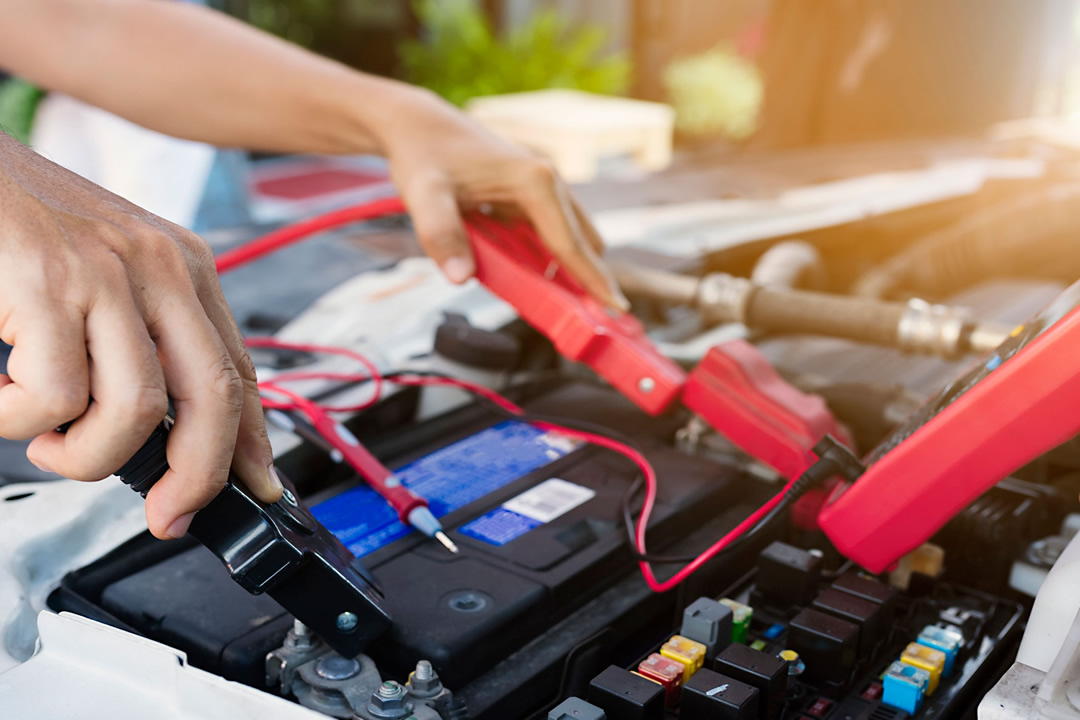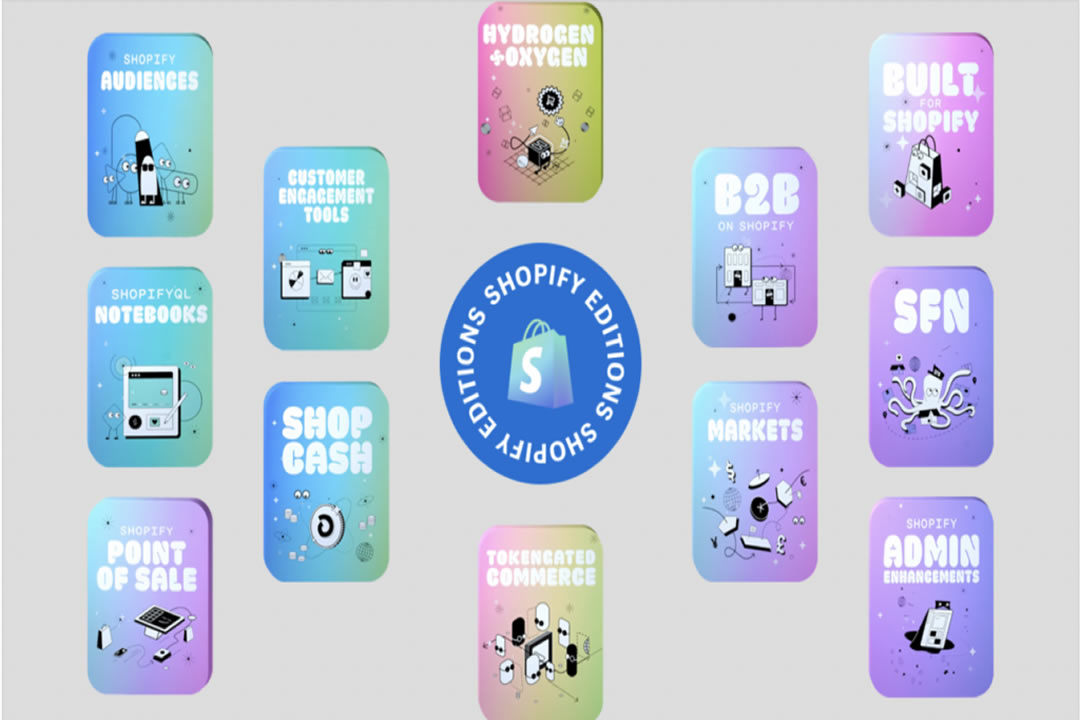Analyze issues with strategic, scientific as well as rational viewpoint, and has the ability to solve problem across the industries, countries and national culture.
Capital Solution
Newsroom
Featured Article

INSIGHTS
The Path to Net Zero: Managing the Transition
Rising concerns over climate change are spurring investments into clean energy to help bring the world closer to net zero. But where are we in that transition? And how is that path to decarbonization affecting investments in traditional oil and gas projects? In this episode of Exchanges at Goldman Sachs, Michele Della Vigna, head of natural resources research for Goldman Sachs in EMEA, explains the impact of higher fossil fuel prices on the low-carbon transition and the investment that is required to get to net zero.
INSIGHTS
The U.S. and Europe Are Moving Toward Battery Self-Sufficiency
As the transition to a low-carbon future makes batteries critically important, countries are making significant headway in reducing China’s dominance over the supply chain, according to a new Goldman Sachs Research report. Based on announced projects, Europe and the U.S. could achieve localization of downstream cell manufacturing between 2025 and 2027, the authors project. They also write that the recent passage of the Inflation Reduction Act represents a “strong commitment” from the U.S. government to boost the self-sufficiency of batteries. “Battery capacity addition outside of China is set to accelerate,” which could go a long way toward avoiding supply-chain bottlenecks.


INSIGHTS
Where the Inflation Reduction Act tailwinds are blowing
Passage late last year of the Inflation Reduction Act (IRA) will impact several sectors, including clean technology, hydrogen, and electric vehicles (EVs). But the effects of the U.S. legislation will extend well beyond those industries, driving investment in other areas including energy services, agribusiness, and financials.









